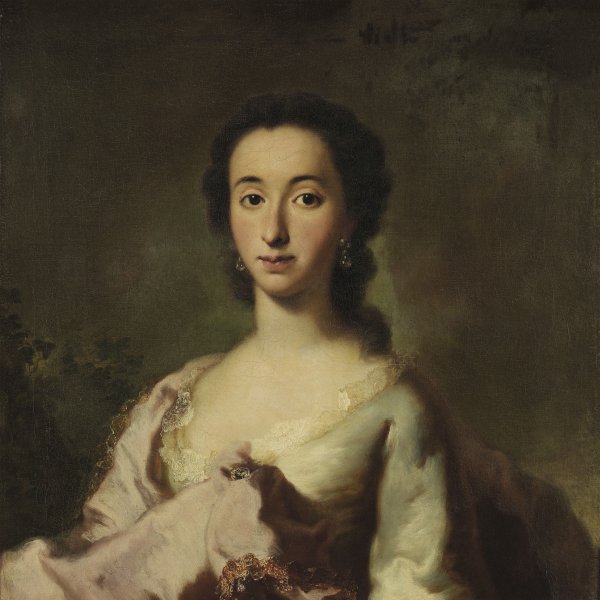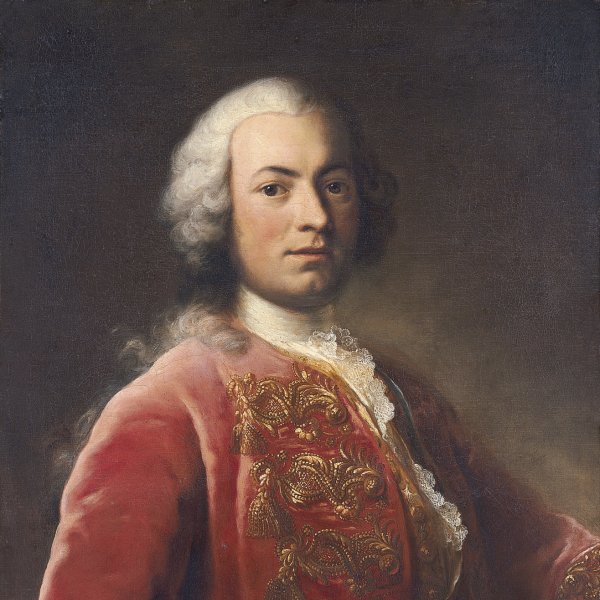Georges Desmarées
Gimo (Sweden), 1697-Munich, 1776
Desmarées was a Swedish painter active in Germany, descended on his mother’s side from the Mijtens family of Dutch artists. He began his studies in 1710 at the age of thirteen in the school run by his uncle, the painter Peter Martin van Mytens II in Stockholm. Desmarées’ first portraits, painted in Sweden, reflect the influence of his uncle’s style and that of the French painters Hyacinth Rigaud and Nicolas de Largillière. In 1724 Desmarées left Sweden, travelling first to Amsterdam then to Nuremberg, where he completed his studies with Johann Daniel Preissler at the Akademie der Bildenden Künste. One year later he left for Venice to study with Giovanni Battista Piazzetta, whose work had greatly impressed the young Desmarées. He returned to Bavaria in 1728 and over the following years was involved in the decoration of the Ahnengalerie in the Residenz in Munich. In addition, he executed portraits for the family of the Elector Charles. From 1745 to 1749 and 1753 to 1754 Desmarées worked in Bonn for the Prince-Bishop Clement Augustus of Cologne. From the 1750s the influence of French Rococo art became notably evident in his style, while his former use of Venetian chiaroscuro gradually gave way to a much more brilliant palette.
Some of Desmarées’ portraits, such as The Countess Holstein (Lenbachhaus, Munich), The Princess Portia (Staatsgalerie, Stuttgart), and The Elector Maximilian III with Joseph Ferdinand, Count of Seeau, Director of the Court Theatre (Residenz, Munich), can be considered among the most representative works of Rococo court art in Germany. In addition to portraits of the aristocracy Desmarées also depicted the middle classes and produced religious compositions. In the last years of his career his style became more restrained and objective.
Some of Desmarées’ portraits, such as The Countess Holstein (Lenbachhaus, Munich), The Princess Portia (Staatsgalerie, Stuttgart), and The Elector Maximilian III with Joseph Ferdinand, Count of Seeau, Director of the Court Theatre (Residenz, Munich), can be considered among the most representative works of Rococo court art in Germany. In addition to portraits of the aristocracy Desmarées also depicted the middle classes and produced religious compositions. In the last years of his career his style became more restrained and objective.



